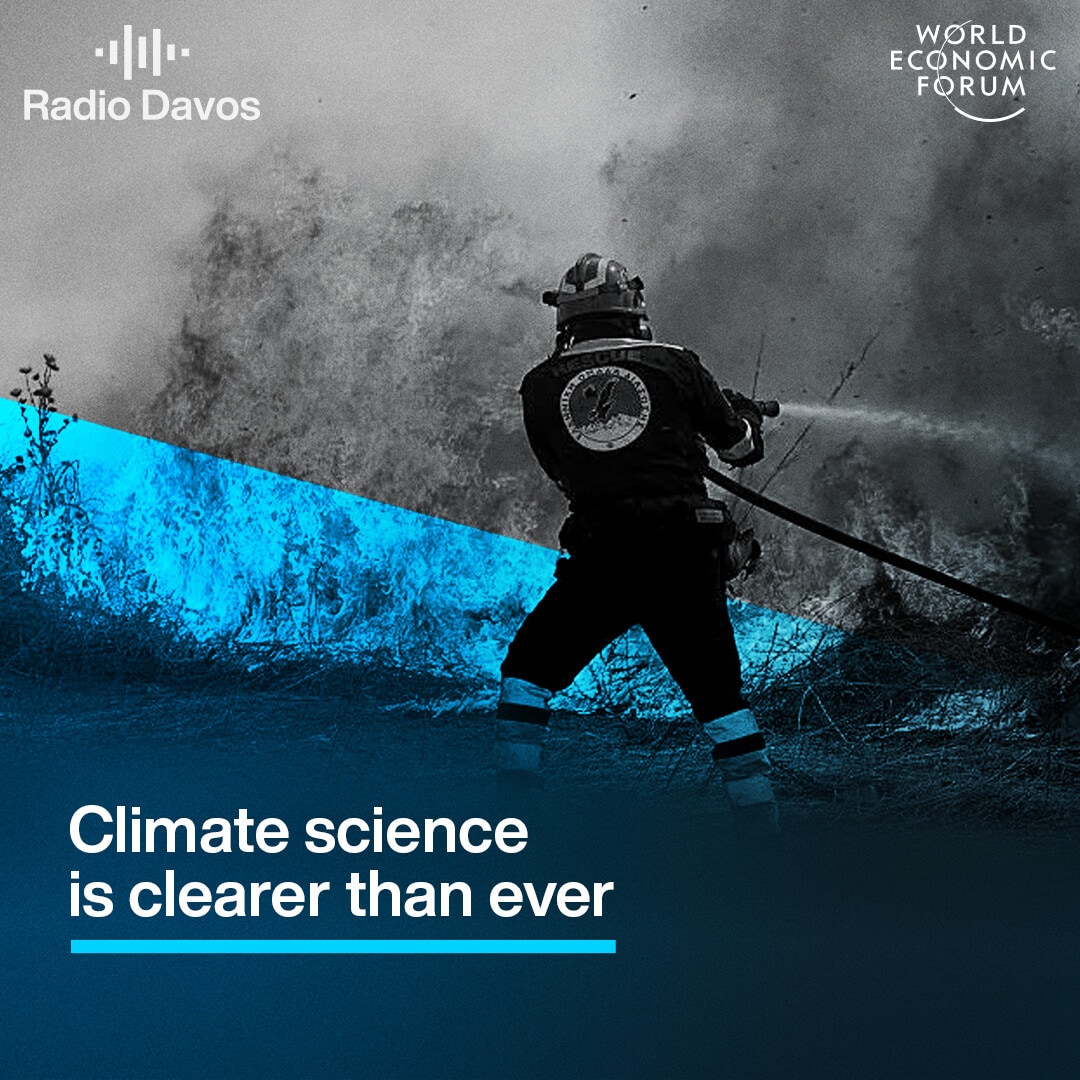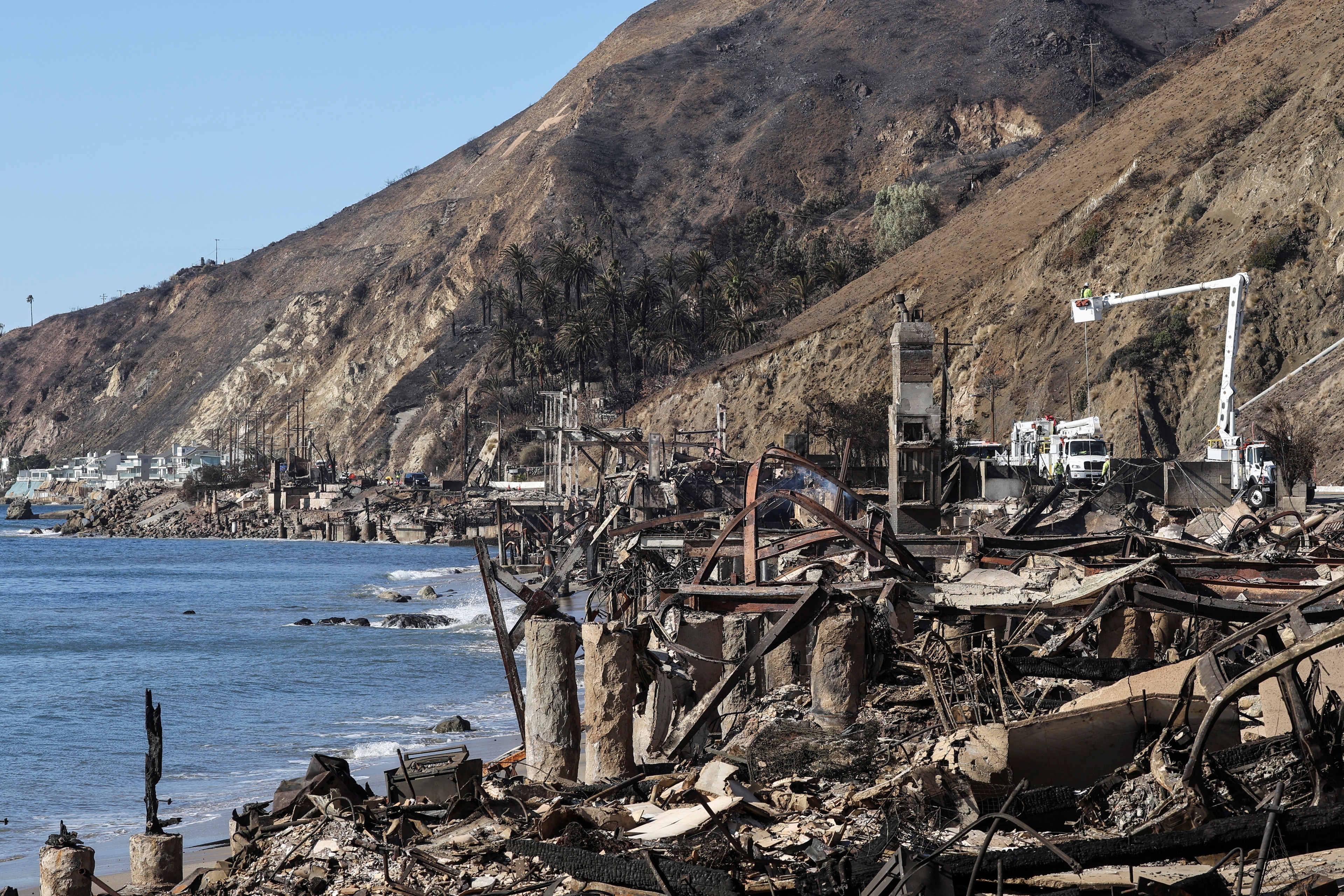Meeting Paris climate pledge will be 'enormous challenge', says WMO

An 'enormous challenge' lies ahead of, according to the WMO.
Image: REUTERS/Maxim Shemetov
Stay up to date:
SDG 13: Climate Action
- The WMO has warned the world has an 'enormous challenge' if it is to meet its the 2015 Paris Agreement goal.
- There's a 20% chance that average annual temperatures, which fluctuate from year to year, could hit the 1.5C mark in any year between 2020 and 2024.
- Europe will suffer more storms, while the northern North Atlantic will become windier.
Global temperatures will continue to warm over the next five years, and may even temporarily rise to more than 1.5 degrees Celsius above pre-industrial levels, the World Meteorological Organization (WMO) said on Thursday.
That does not mean the world would be crossing the long-term warming threshold of 1.5C (2.7 Fahrenheit), which scientists have set as the ceiling for avoiding catastrophic climate change.

But it does show the warming trend continuing apace, underlining the “enormous challenge” the world faces in meeting the 2015 Paris Agreement’s goal of curbing climate-warming emissions enough to keep the rise in temperatures “well below” 2°C, said WMO Secretary-General Petteri Taalas.
The WMO said there was a 20% chance that average annual temperatures, which fluctuate from year to year, could hit the 1.5C mark in any year between 2020 and 2024. Meanwhile, each of those years is “likely” to be at least 1C above pre-industrial levels, with nearly every region feeling the effects.
Southern Africa and Australia, where bushfires last year razed millions of acres, will probably be dryer than usual through 2024, while Africa’s Sahel region will likely be wetter, the WMO said. Europe should see more storms, while the northern North Atlantic will be windier.
The projections are part of an new WMO effort to provide shorter-range forecasts of temperature, rainfall and wind patterns, to help nations keep tabs on how climate change may be disrupting weather patterns.
However, the world will probably not reach the long-term 1.5C warming threshold for at least another decade.
Currently, the long-term trend has average global temperatures at about 1.2C above pre-industrial levels, said Michael Mann, a climatologist at Penn State University.
“Right now, we’re in the middle of a positive fluctuation that has global temperatures at about 1.4C above the pre-industrial level,” Mann said. “We don’t expect that level of warmth to persist. We expect to see temperatures again fall toward or below the trend line over the next couple years.”
Marcelo Mena, a former Chilean environment minister and now director of the Climate Action Centre at the Pontifical Catholic University in Valparaiso, said even short-term rises could trigger extreme weather events, which could add strain to nations already struggling with the coronavirus outbreak.
“There are going to be years that are higher than the projections, and years lower, but the fact that we have this increase in this context shows us that some of these symbolic events are closer to home than expected,” he said.
Accept our marketing cookies to access this content.
These cookies are currently disabled in your browser.
Accept our marketing cookies to access this content.
These cookies are currently disabled in your browser.
Don't miss any update on this topic
Create a free account and access your personalized content collection with our latest publications and analyses.
License and Republishing
World Economic Forum articles may be republished in accordance with the Creative Commons Attribution-NonCommercial-NoDerivatives 4.0 International Public License, and in accordance with our Terms of Use.
The views expressed in this article are those of the author alone and not the World Economic Forum.
Related topics:
Forum Stories newsletter
Bringing you weekly curated insights and analysis on the global issues that matter.
More on Climate ActionSee all
Emily Bayley
August 28, 2025
Ekhosuehi Iyahen, Daniel Murphy and Andre Belelieu
August 27, 2025
Thomas Brostrøm and Sandeep Kashyap
August 26, 2025
Thomas Philipon
August 26, 2025






